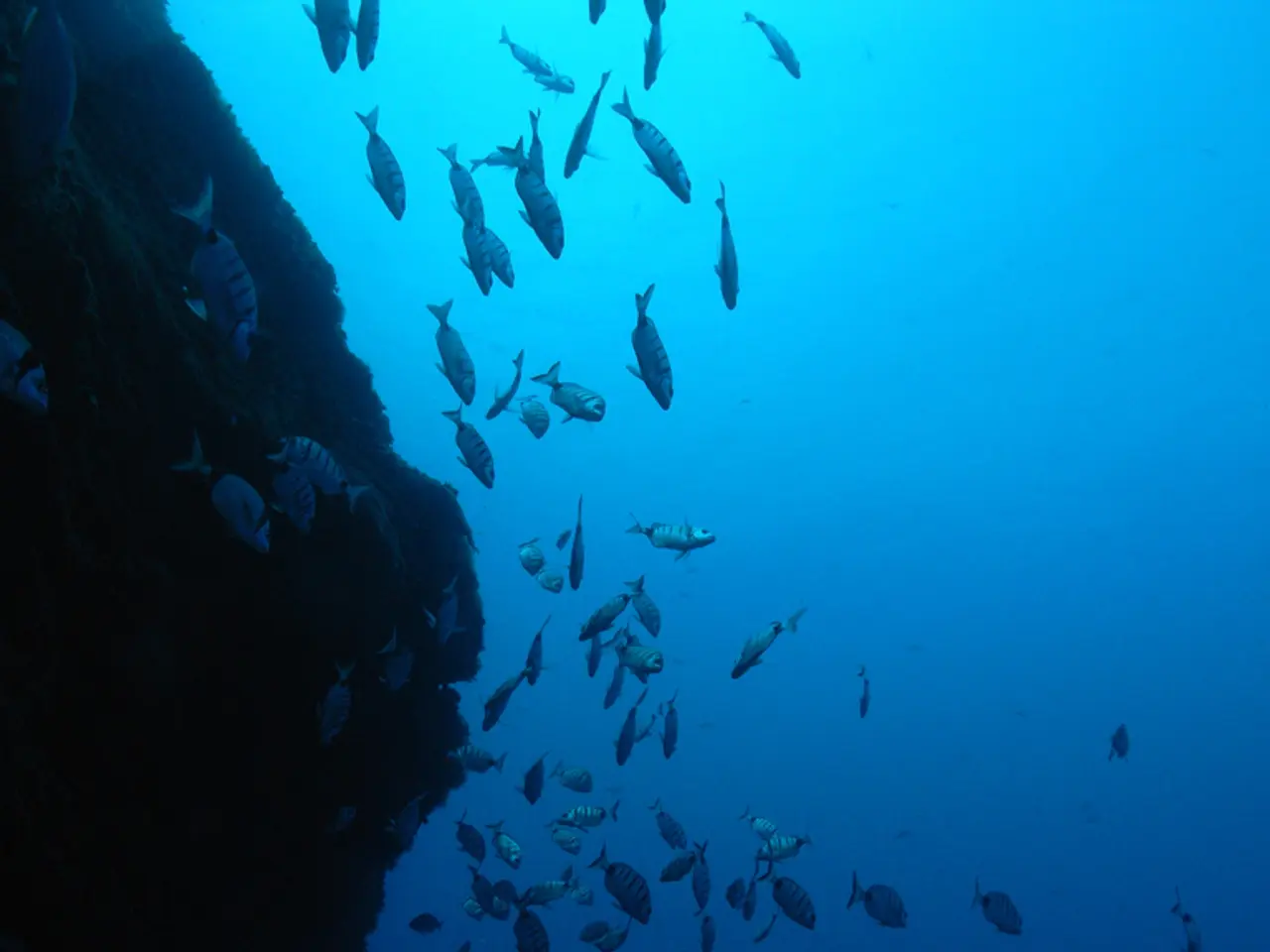Is the Doomsday Fish Really an Evil Portent?
In recent years, there's been a surge of interest in the elusive giant oarfish, often referred to as the "doomsday fish." This moniker stems from cultural beliefs that sightings of these deep-sea creatures, with their long, silvery, ribbon-like bodies and red, spiny dorsal fins, are harbingers of impending natural disasters, particularly earthquakes.
However, scientific evidence does not support this association. Oarfish, which dwell in the mesopelagic zone, around 660 to 3,300 feet beneath the ocean's surface, typically come to the surface only when they are sick or dying. Their rare appearances are more likely linked to oceanic conditions or natural life cycle events rather than an ability to predict earthquakes.
The legend of the doomsday fish persists, despite the lack of empirical evidence. In some cultures, a sighting of an oarfish was believed to be a bad omen, portending misfortune, especially natural disasters such as earthquakes. This belief is especially prevalent in Japan, where oarfish strandings were reported before major seismic events like the 2011 Tōhoku earthquake.
Despite the lack of scientific proof, the doomsday fish legend continues to captivate the imagination, with recent sightings of oarfish in shallow waters resulting in viral videos on social media platforms like TikTok and Instagram. In Japanese folklore, oarfish are called "ryugu no tsukai," which means "messenger from the sea god's palace."
It's important to note that the giant oarfish, scientifically known as Regalecus glesne, is mostly harmless to humans. It holds the title of the longest bony fish in the ocean, capable of growing up to 30 feet long. Despite their intimidating appearance, they are rarely sighted due to their deep-sea habitat where light from the surface has almost disappeared.
In conclusion, while the giant oarfish has earned its reputation as a doomsday fish, this association is rooted in folklore rather than scientific proof. The Seismological Society of America has published a paper concluding that there is no significant connection between oarfish appearances and earthquakes. As we continue to learn more about these mysterious creatures, it's essential to separate fact from fiction, and let science guide our understanding of the natural world.
- The surge of interest in the giant oarfish extends beyond science, stretching into various aspects of culture, entertainment, and pop-culture, often dubbed as the "doomsday fish" due to its association with natural disasters.
- Oarfish, objects of fascination in environmental-science, are seldom associated with health concerns for humans, despite their impressive size and intimidating appearance.
- Social media platforms like TikTok and Instagram have played a significant role in amplifying the legend of the doomsday fish, as recent sightings of oarfish in shallow waters have gone viral.
- In the realm of electronics, technological advancements have enabled scientists to explore deeper parts of the ocean, potentially increasing the chances of observing elusive creatures like the oarfish.
- Climate-change and its impact on oceanic conditions can possibly influence the rare appearances of oarfish, according to the scientific community, rather than their ability to predict natural disasters.
- The Seismological Society of America's paper debunks the mythical connection between oarfish appearances and earthquakes, emphasizing the role of science in separating fact from fiction and enhancing our understanding of the natural world.




